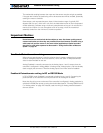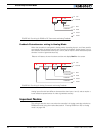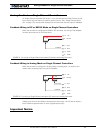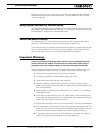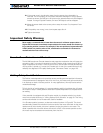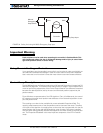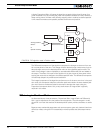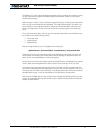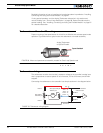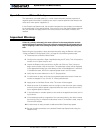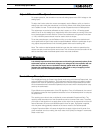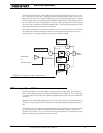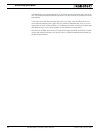
AX1500 Motor Controller User’s Manual 91
PID tuning in Position Mode
The Roborun PC utility makes this experimentation easy by providing one screen for chang-
ing the Proportional, Integral and Differential gains and another screen for running and
monitoring the motors.
When tuning the motor, first start with the Integral Gain at zero, increasing the Proportional
Gain until the motor overshoots and oscillates. Then add Differential gain until there is no
more overshoot. If the overshoot persists, reduce the Proportional Gain. Add a minimal
amount of Integral Gain. Further fine tune the PID by varying the gains from these posi-
tions.
To set the Proportional Gain, which is the most important parameter, use the Roborun util-
ity to observe the three following values:
• Command Value
• Actual Position
• Applied Power
With the Integral Gain set to 0, the Applied Power should be:
Applied Power = (Command Value - Actual Position) * Proportional Gain
Experiment first with the motor electrically or mechanically disconnected and verify that
the controller is measuring the correct position and is applying the expected amount of
power to the motor depending on the command given.
Verify that when the Command Value equals the Actual Position, the Applied Power equals
to zero. Note that the Applied Power value is shown without the sign in the PC utility.
In the case where the load moved by the motor is not fixed, the PID must be tuned with
the minimum expected load and tuned again with the maximum expected load. Then try to
find values that will work in both conditions. If the disparity between minimal and maximal
possible loads is large, it may not be possible to find satisfactory tuning values.
Note that the AX1500 uses one set of Proportional, Integral and Differential Gains for both
motors, and therefore assumes that similar motors, mechanical assemblies and loads are
present at each channel.



